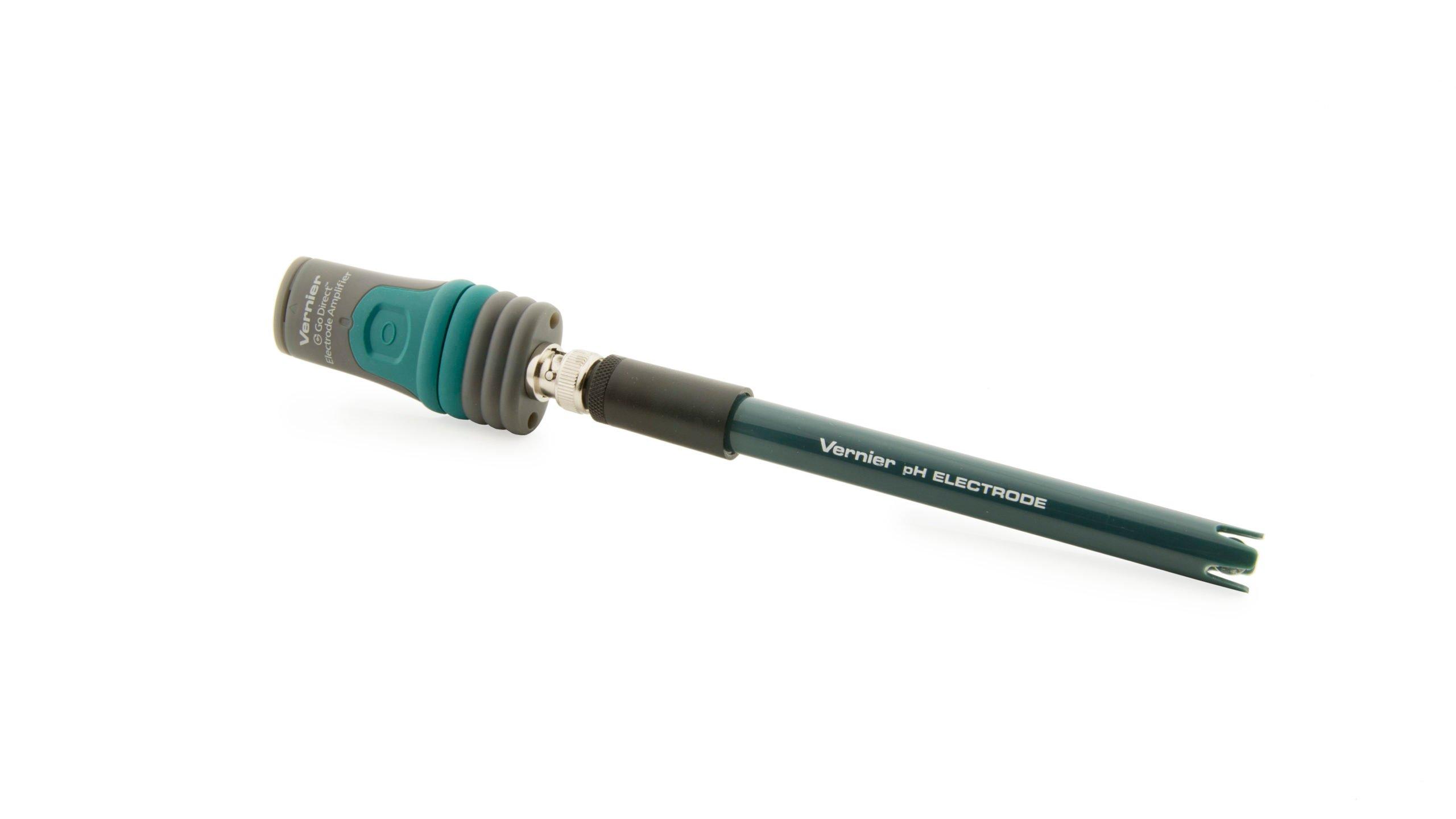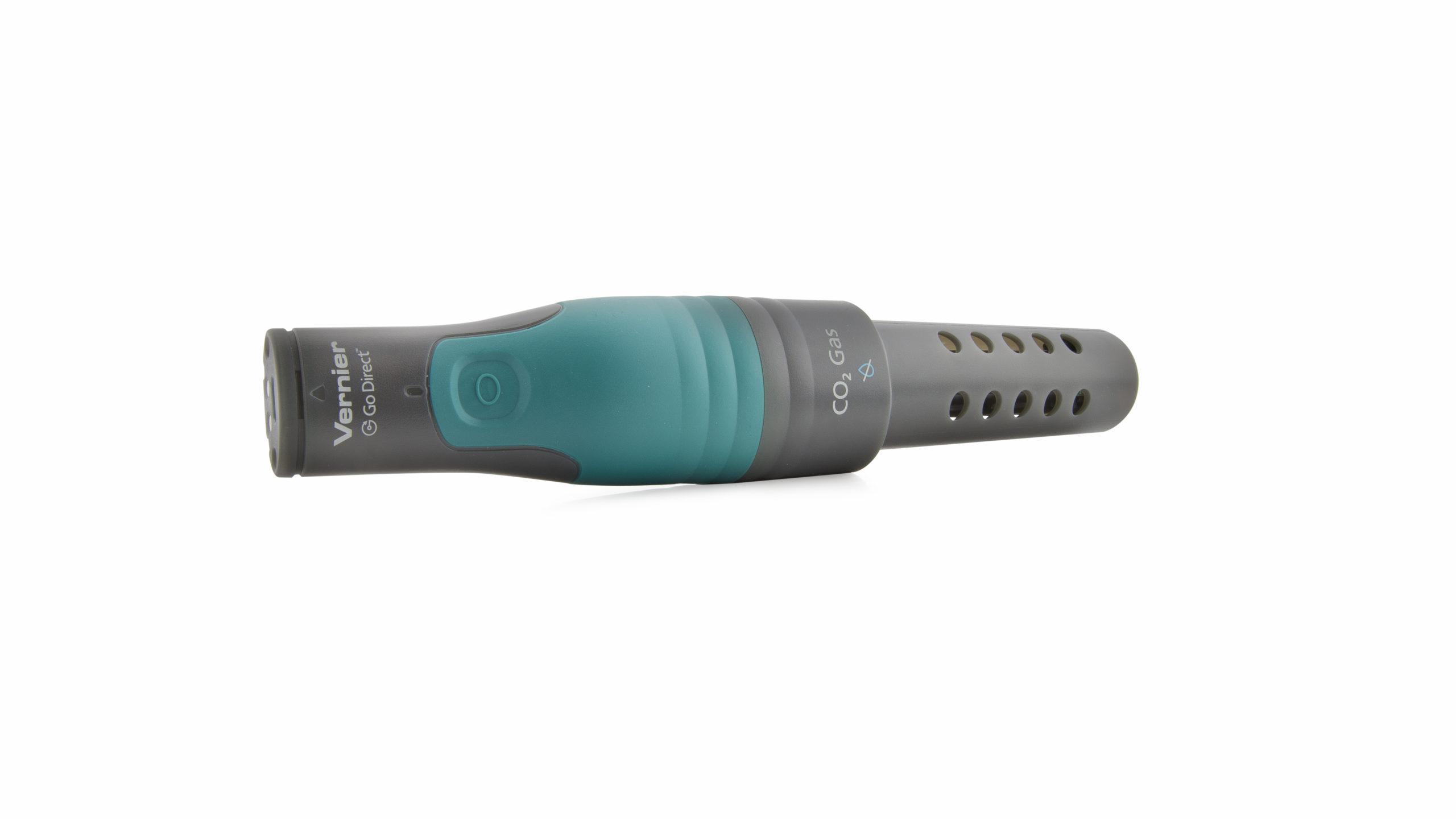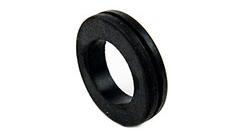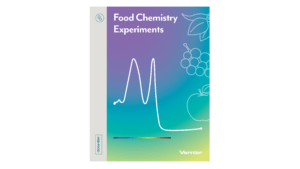What’s the Difference Between Baking Soda and Baking Powder?
Experiment #03 from Food Chemistry Experiments
- Subject
- Chemistry
Video Overview
Introduction
Everything you use to prepare food is made from chemicals. In the kitchen, a number of white powders are used in many recipes—sugar, table salt, baking soda, baking powder, cream of tartar, flour, and starch are a few examples. All of these substances are chemicals.
Two white powders that are sometimes misunderstood are baking soda and baking powder. Both are used in the kitchen but what is the advantage of one over the other? In this activity, you will answer this question while investigating some of the physical and chemical properties of baking soda, baking powder, and cream of tartar.
In Part I, you will measure the pH of solutions made from each chemical. The pH of a solution tells you whether the substance is an acid, base, or neutral. It may surprise you to learn that many of the substances that you eat are acids and bases.
In Part II, you will learn about the difference between baking soda and baking powder and when it is advantageous to use one over the other in cooking. Baking soda and baking powder are leavening agents, compounds that release carbon dioxide gas to create bubbles when used in baking. You will measure and compare the amount of carbon dioxide produced by both substances. Finally, you will make your own baking powder and test how it compares to commercial baking powder.
Objectives
- Measure the pH of solutions made from powdered substances used in the kitchen.
- Learn about the chemical difference between baking soda and baking powder by graphing the amount of carbon dioxide produced when each is mixed with water.
Sensors and Equipment
This experiment features the following sensors and equipment. Additional equipment may be required.
Ready to Experiment?
Ask an Expert
Get answers to your questions about how to teach this experiment with our support team.
- Call toll-free: 888-837-6437
- Chat with Us
- Email support@vernier.com
Purchase the Lab Book
This experiment is #03 of Food Chemistry Experiments. The experiment in the book includes student instructions as well as instructor information for set up, helpful hints, and sample graphs and data.




